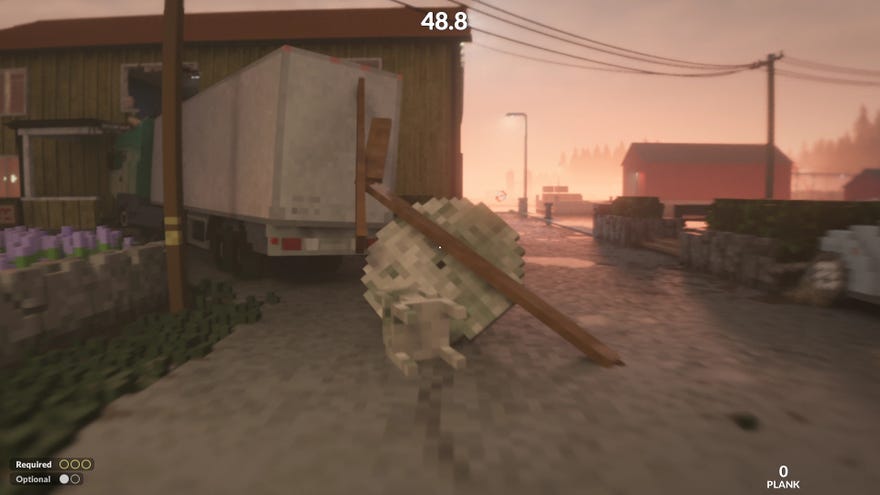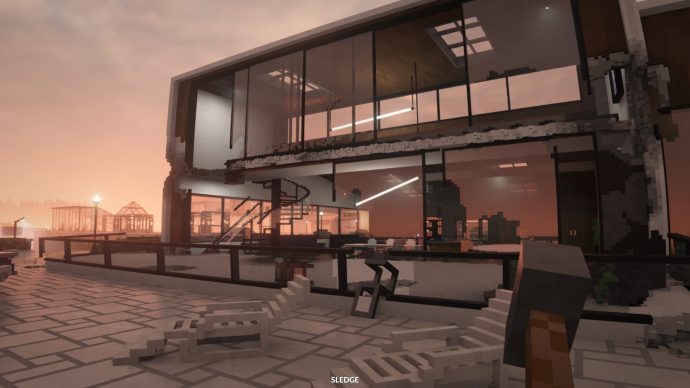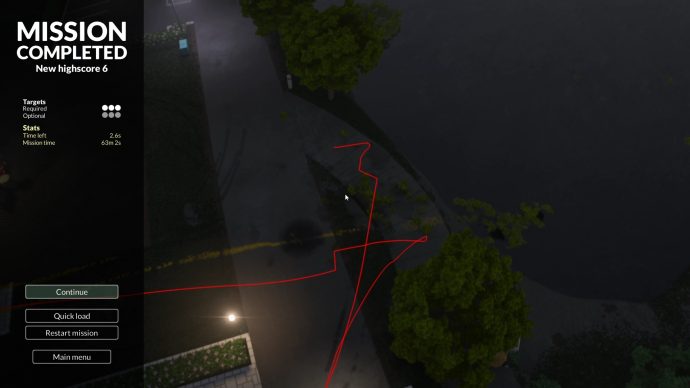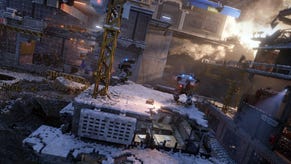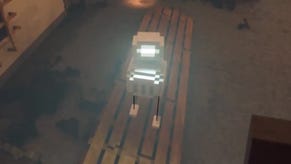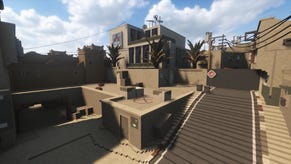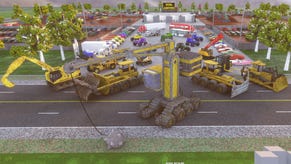Teardown review: a glorious crime caper about smashing open buildings like chocolate eggs
Homes under the hammer
The shortest distance between two points is a straight line. "As the crow flies," they say. But in Teardown, I can't fly. Instead, I am more like a worm. I eat my way forward, creating straight lines of travel by smashing, crashing, and bombing through warehouses and mansions. I will emerge from one building then dive through a self-made entrance into another - and I will do it all so I can rapidly steal or destroy the contents inside.
Teardown is built upon a piece of technical wizardry that allows almost anything in the world to be destroyed. The destruction is completely granular. Take a sledgehammer to a wall, and you will crack open the plaster and brick at the exact position you struck. Drive a large boat into a wooden cabin built atop a pier, and the cabin - and boat - will crunch, splinter and collapse into the ocean.
The development of this smashing technology has looked good in GIFs for several years, and as a toy, it's every bit as fun to play with as it looked. Each mission gives you an indefinite period of time to walk around, normally with half a dozen vehicles to drive and an arsenal of upgradeable tools with which to wreak havoc. It is a tinkerer's dream. Can I build a shortcut to the second floor of this building by shotguning a hole in the wall, parking a truck outside, and positioning planks as ramps? Yes, I can. Can I use a crane to load two small boats onto a third, larger boat, then sail all three into the side of a house? Yes, I can - and I have, and I shall again.
What's most impressive however is that all this destructive tech is intrinsic to the game. It's more than a toy. It's not even paired with a mediocre third-person action game a la Red Faction: Guerrilla. (There is no combat of any kind in Teardown.) All your smashing and burrowing are in service of plotting the fastest possible route between the specific objects that mission asks you to steal or destroy, because once you deal with the first of those objects, an alarm will start and you'll have 60 seconds to finish the others and escape.
This gives the game a rhythm similar to a Poly Bridge or an Opus Magnum. You'll come up with a plan, set it up, then test it. Can I drive this car into the ocean, then run back to a garage fast enough to grab and dunk a second car? No, try again. It's a brilliant bit of pacing, to go from languid destruction to a sudden, speedrunning panic, and pulling off the perfect heist after 30 or 60 minutes of planning is an enormous reward.
Also much like in Opus Magnum, I've been recording my efforts and victories and sharing them with friends who are doing the same, just for the fun of comparing the radically different ways we solved the same problems. Our solutions are impressive and entertaining to watch, at least to us, even as they pale in comparison to what others are doing. My hope is that the game will develop a long-lasting and fabulous speedrunning community.
The flexibility that allows these different approaches is all-important. Firstly, the game makes a wise decision in setting multiple missions in each location, all but forcing you to find new ways of traversing familiar spaces. Each mission is also relatively easy to finish successfully, with a set of primary objectives that are straightforward and then a set of optional objectives which initially seem impossible.
The mission I'm trying to improve my time on right now requires that I steal four paintings from a sprawling mansion before escaping via speedboat, for example, and I achieved this easily within the 60 second time limit with a few seconds to spare. That the house contains a further four optional paintings to steal is, right now, a source of horror. How the hell do I steal four more paintings in just a few seconds!? The answer is that I don't: I start over, look harder at the layout like a thief studying blueprints, and work out where I'm wasting time.
Thankfully even when going for these optional objectives, the game is rarely frustrating. You can quick save at any point so that experiments don't lose you progress - although significantly, you've only got one quick save slot. This means you'll often have to live with and work around your mistakes, because reloading would still lose you too much progress. Almost every mission I've played has left the world looking post-apocalyptic by the time I'm finished. If you were to watch my final escape, you would reasonably want to ask why there's a cherry picker half-embedded inside the wall of a water tower, or why my escape route involved swerving around a tipped over cement truck. The answer is that these were previous plans that I abandoned midway, or accidents I couldn't undo.
Teardown is a power fantasy, then, but an unusual one for games. Every person who uses Wikipedia or listens to podcasts eventually finds out about "desire paths", eroded routes across dirt or grass formed by the footfall of walkers which normally represent the most efficient way of navigating a space. Teardown is a game in which you can make those desire paths real, reshaping urban environments according to your own whims. Who hasn't wanted to travel the world like Ant & Dec rushing towards Saturday?
That's also why the mansion level is undoubtedly my favourite. It's nice to destroy a red brick warehouse, or to run amok with construction vehicles down the docks, but it can't compare to the illicit thrill of taking a sledgehammer to a glimmering edifice of glass and concrete. Teardown is in Steam Early Access and I'd be happy if all I got from its future updates were more Grand Designs. I want it to be a corrective to the thousands of hours I've spent watching aspirational real estate television. I want to be Kevin McCloud's dark doppelgänger, driven mad by yet another folly, tearing through imported Spanish timber with relish.
Failing that, I'd accept some tweaks to the game's physics. They are already impressive, to be clear, with objects able to tumble and crumble around a world that's always changing. But they're also a little random, and sometimes I've found myself either surfing the glitchy edges of object interactions in my pursuit of the fastest times, or frustrated when a route that worked last time failed after a quick load caused objects to settle in just slightly different positions. There's also unexpected behaviour around the compressive strength of objects: or put another way, it's odd that a single remaining shard of glass can support an entire floor of brick and concrete above it, even with all other supporting brick and steel removed.
This is a small complaint in the context of the game. The only reason I'm not giving Teardown a Bestest Best is because it's still in Early Access, and I want to wait to see more of what it becomes. At this stage, it is a towering achievement in tearing down towers, and well worth your time.
